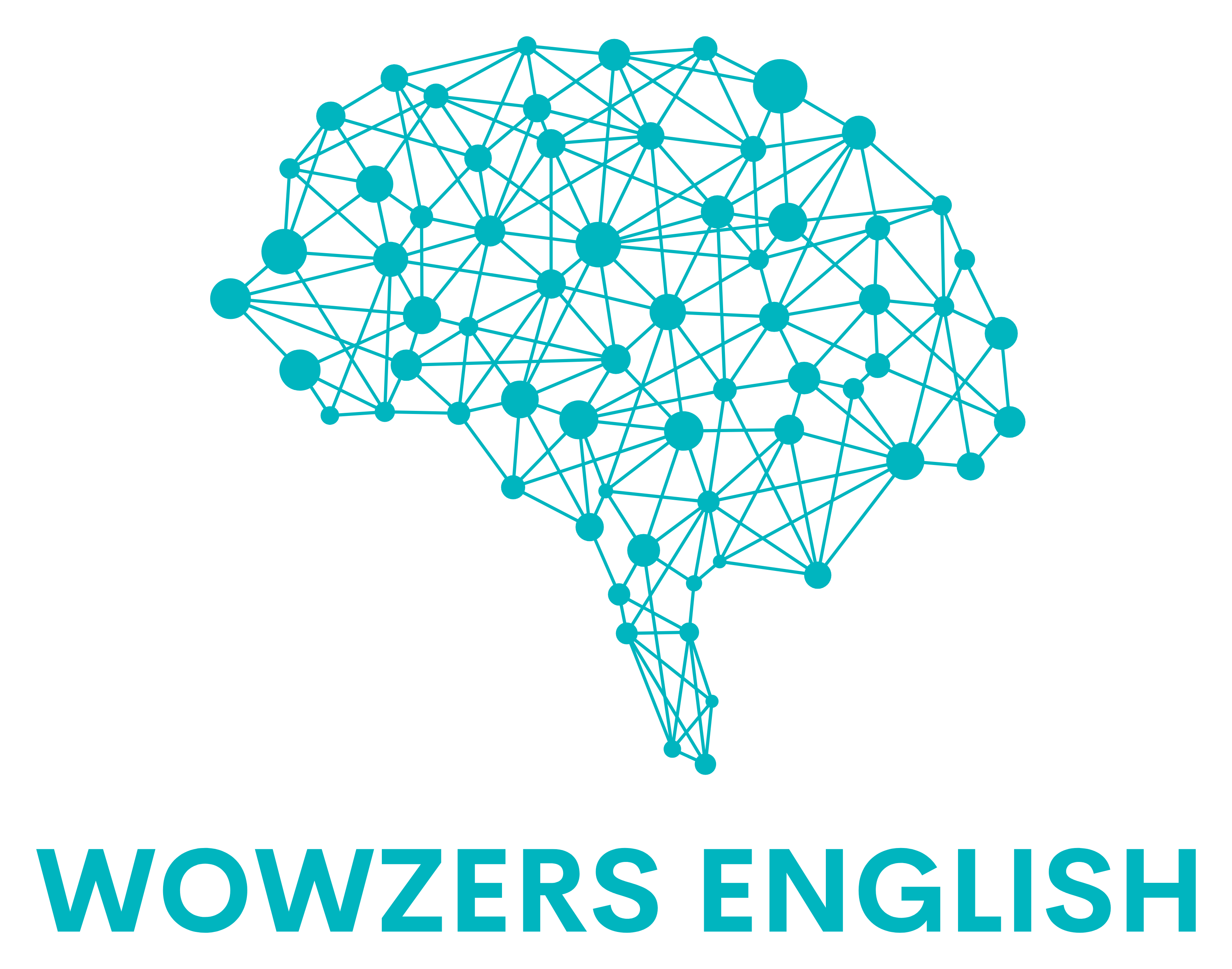Anatomy of Eye
If we look at our eyes from the outside, the first thing we notice is that it blinks and the eyelids help the blinking to take place.
However, what exactly is an eyelid? What receives the light energy? Which structure lets us see at night?
Let us take a closer look.
The eyelid has three main functions: it protects the eyeball, opens and closes by voluntary or reflex action and the blinking keeps surface of the eye under conjunctiva moist.
The eyelash are the short hair projecting from the border of the eyelid and it traps large air-borne particles.
Conjunctiva is a thin epithelium, covering surface of the eyeball; it secretes mucus to lubricate,clean and maintain moisture.
Next, comes the cornea, which is a transparent, curved layer that bends light to converge at lens.
The aqueous humor is a transparent, watery liquid in the anterior cavity. It has two main functions. It is a medium for diffusion of oxygen and nutrients. Secondly, it refracts light and maintains shape of the eyeball.
Iris is pigmented with color and has radial and circular muscles that regulate the amount of light entering the eye. The round hole at the center of the iris through which light enters is called a pupil.
The lens is soft, transparent and elastic in nature. It helps to focus light onto the retina. Suspensory ligaments hold the lens in place.
Ciliary body is a muscle that is able to contract and relax. This contraction adjusts the focus strength of the lens when seeing near or distant objects.
Vitreous humor is a transparent jelly-like substance, at the rear of the eye. It refracts light and together with aqueous humor maintains the shape of the eyeball.
The retina is the light sensitive layer of the eye and it bears photoreceptor cells called rods and cones. These cells convert electromagnetic waves from light energy to electrochemical signals that can be interpreted by the brain. These waves are transmitted via the optic nerve which contains sensory nerves.
Blind spot is the place where nerve fibers connecting rods and cones leave the eye and it has no photoreceptor cells.
The process of seeing, in a nutshell, is mediated by the ability of cells in the retina to absorb light rays from objects that enter our eyes. Vision fields of both eyes overlap to form a stereoscopic, 3-dimensional vision and the brain translates information from both eyes to form an image.
The middle layer on top of the retina is called choroid. It has black pigments and prevents one internal refraction of light.
Next comes the sclera, a tough, opaque, non-elastic layer on the outside of the eyeball and it helps to maintain the shape of the eyeball.
Eye muscle holds the eye in place. Lachrymal gland or tear gland secretes tears.
According to a study conducted in 2018, there are three types of tears: basal, reflex and psychic.
It is amazing that even though the same gland releases them, they vary in composition according to when they are released.
Basal Tears. These tears are always present in the eye, ensuring that the cornea is kept lubricated and nourished. The thin layer also smoothens the irregularities and creates a very even surface for optical quality. Its composition contains natural antibiotics which prevent eye from getting bacterial infections.
Reflex Tears. These tears are secreted in response to a sudden external factor or stimulus causing irritation in the eye, for example, foreign particles such as dust and chemical substances such as onion vapors and tear gas. The principle of reflex tears is to produce excess basal tears and wash out the factor causing discomfort in the eye.
Psychic Tears. Tears produced due to emotions contain a very different chemical composition. They have more proteins mainly lactoferrin, lysozyme, IgA, IgG, albumin, and various hormones that act as natural painkillers.

